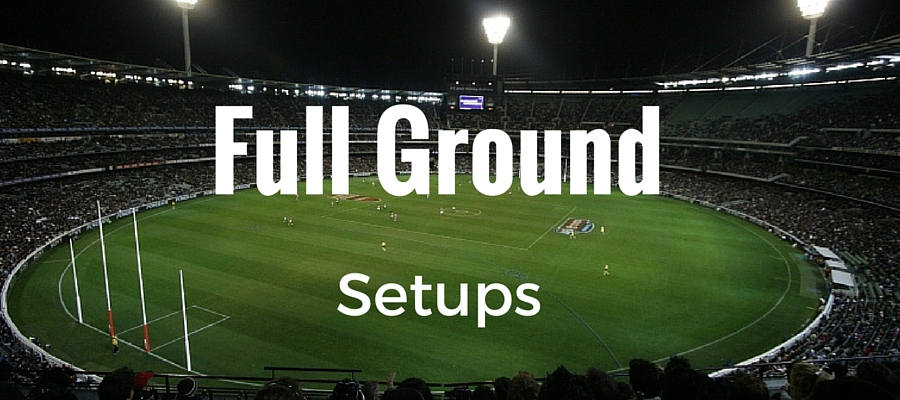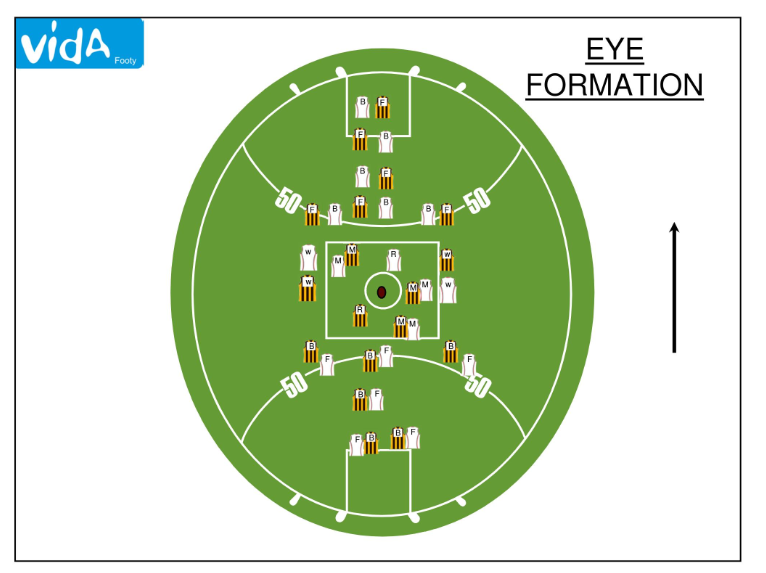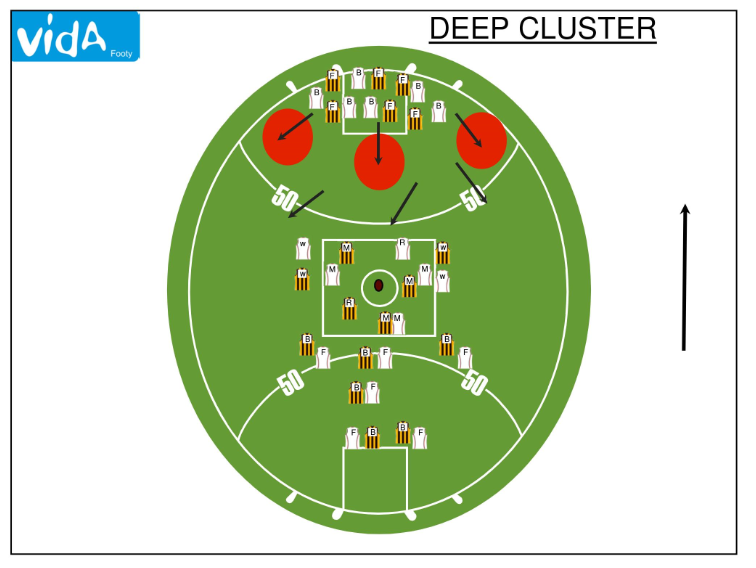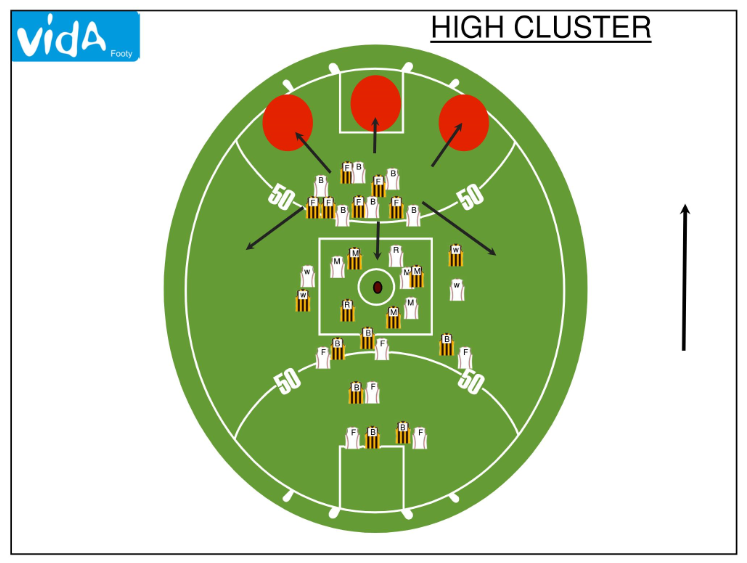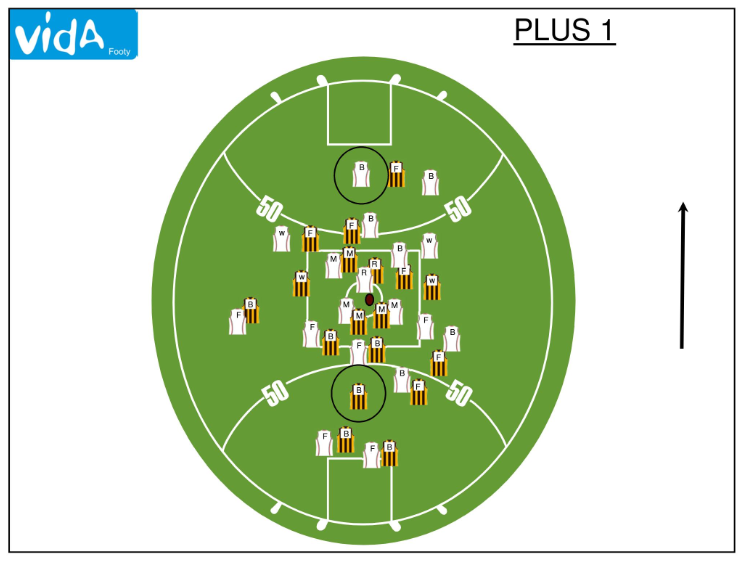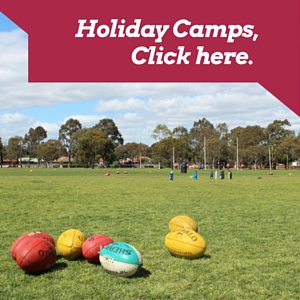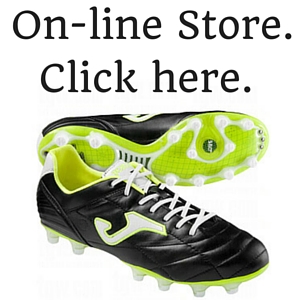The following diagrams illustrate just some of the many types of full ground set-ups you can have. Depending on your age group and ability level, start introducing different ideas to your players and the reasons why you want to do each setup. Not only is it important for players to learn the techniques of kicking and handballing, but also tactical side of the game.
If you want further clarification on any of these setups please ask us in the discussion forum by clicking here, or contact Vinnie on 0417 581 117
Eye Formation – The eye formation is a great way to enable different leading positions if your team gains possession of the ball. If there is a clearance, the player with the ball should have multiple options all leading if different positions starting from the middle of the ground without them crossing over one another.
Box – Setting up in the box formation enables your forwards to create space between one another. Depending on where the player who wins the clearance is situated, that player should have different options at varying depths in the forward line.
Diamond – The diamond set-up is great way to your different forward to lead in different areas, including running back towards goal. This could cause a defender to change their mind about sticking with a particular forward, and therefore lead to a free forward to kick to. It also allows for more options to the person kicking the ball into the forwards.
Deep Cluster – This set-up could be used when the wind is pushing towards that end, or if your have some mis-matches in heigh in the forwards favour. Make sure you let your mid fielders know that they do not necessarily need to bomb the ball in long, they could use a shorter option as the defenders minds are going to be on the concentration of players at the goal line.
High Cluster – The high cluster works well in a number of situations including trying to isolate a one on one in the goals square, or promoting a long kick in the the forward line for the forwards to run onto. This set-up also works well if the ground is large, requiring an extra kick to get the ball to the goals.
Plus One – A plus one can be used offensively, or defensively. As the same suggests, you can put an extra player in your forward line or in the back-line. Another great way to utilise this set-up either offensive or defensively is to set your plus one into their position straight from the interchange gates so that the other teams does not have to time react before the ball in bounced.

